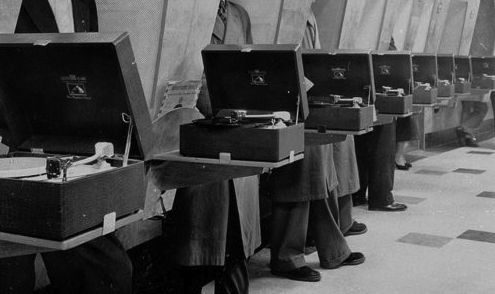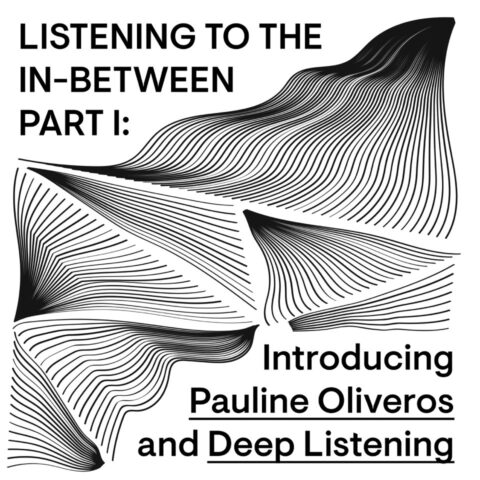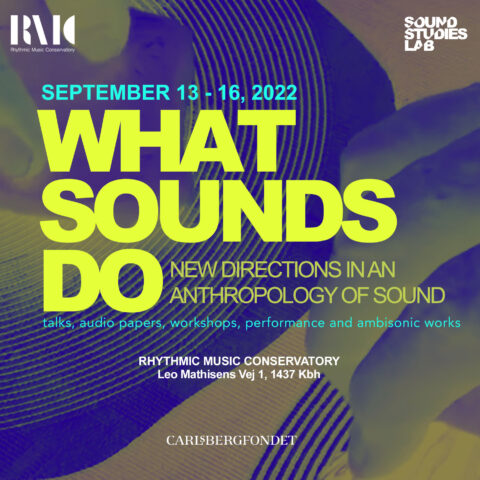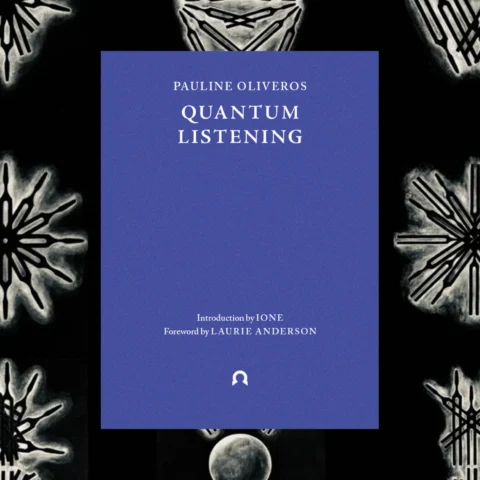Sonic, Social, Distance
As more than a third of the planet’s human population has gone into some sort of social restriction…self-isolation, social isolation, physical distancing, quarantine…since those who have the luxury of walls have gone behind them–time has not so much stood still, but became fragmented and blurred. Our schedule markers have gone virtual, or gone away, or are far away. As artists of various media attempt to capture some essence of this time, it may be found that fragments, notes, moments, and blurs, are what express better our experience. Text, audio, visual-both moving and still, compilations, complications, towards combobulations, if that is what comes. This is a time-capsule archive of finished works, and of fragments, reflecting a fragmented time. Fragments that feel frozen or appropriate as they are, and would then be placed with other fragments to create an unanticipated whole.
Sonic, Social, Distance, is calling for works on listening and sound, and thinking about listening and sound, in the time of social distance…alone together, together apart. We are calling for full texts, as well as text with media, or fragments and notes that will be curated and compiled together. This call is on-going, until it no longer makes sense.
Anabela Veloso – Advent

As a globe spins, I spin around the circle that is my people, my beings, my objects, our matter and consequently myself. Embracing with full hands and body this group, putting my arms around them as we spin together. Keeping me close, putting their arms around and holding me close / keeping myself close, putting my arms around, and holding myself close.
Contemplating the mystery of having a body that is not one’s own body. A body that slowly or quickly becomes other, at least insofar as one’s identity is assumed as a whole. As the relations to these matter are somehow internal to me, to the person that I am, they are a part of me: I am inside of myself keeping, putting, holding myself as I would to any closer other.
Aviva Rahmani – Blued Trees
The Blued Trees Symphony (2015- present) is series of permanent works with trees, copyrighted as sonified biogeographic sculpture, installed in corridors where natural gas pipelines were planned across North America. Each tree is a “note” painted with a vertical sine wave on the trunk in iterated 1/3 mile measures of music. The paint is a non-toxic casein of pure ultramarine blue pigment and buttermilk that creates a secondary acoustic environment with other species. The GPS located measures correspond to aerial musical lines. Additional individual trees have been painted as a Greek Chorus. These installations are created at the invitation of private landowners resisting natural gas corporations to protect their forests. They affirm an Earth rights relationship to ownership that values how trees sustain clean water, air, healthy complexity, demand environmental justice and mitigate climate change. Cumulatively, all the measures and individual tree-notes comprise the first movement of a larger symphony.
Before the pandemic, this series of events was designed with spacing comparable to our current social distancing restrictions. Only ten trees are required to be designated for each 1/3 mile measure. The painting of most of each of hundreds of trees for this project has been completed as individual performative actions, separated by the distance between “tree-notes.” Unlike our present, the isolation is voluntary, delimited by the length of time to complete the task and is a peaceful contemplative interaction with one tree at a time. The milk-based casein paint sigil creates an organized secondary sonic environment for critters that can feed on the milk protein, whose performance takes place separated from ordinary human experience.
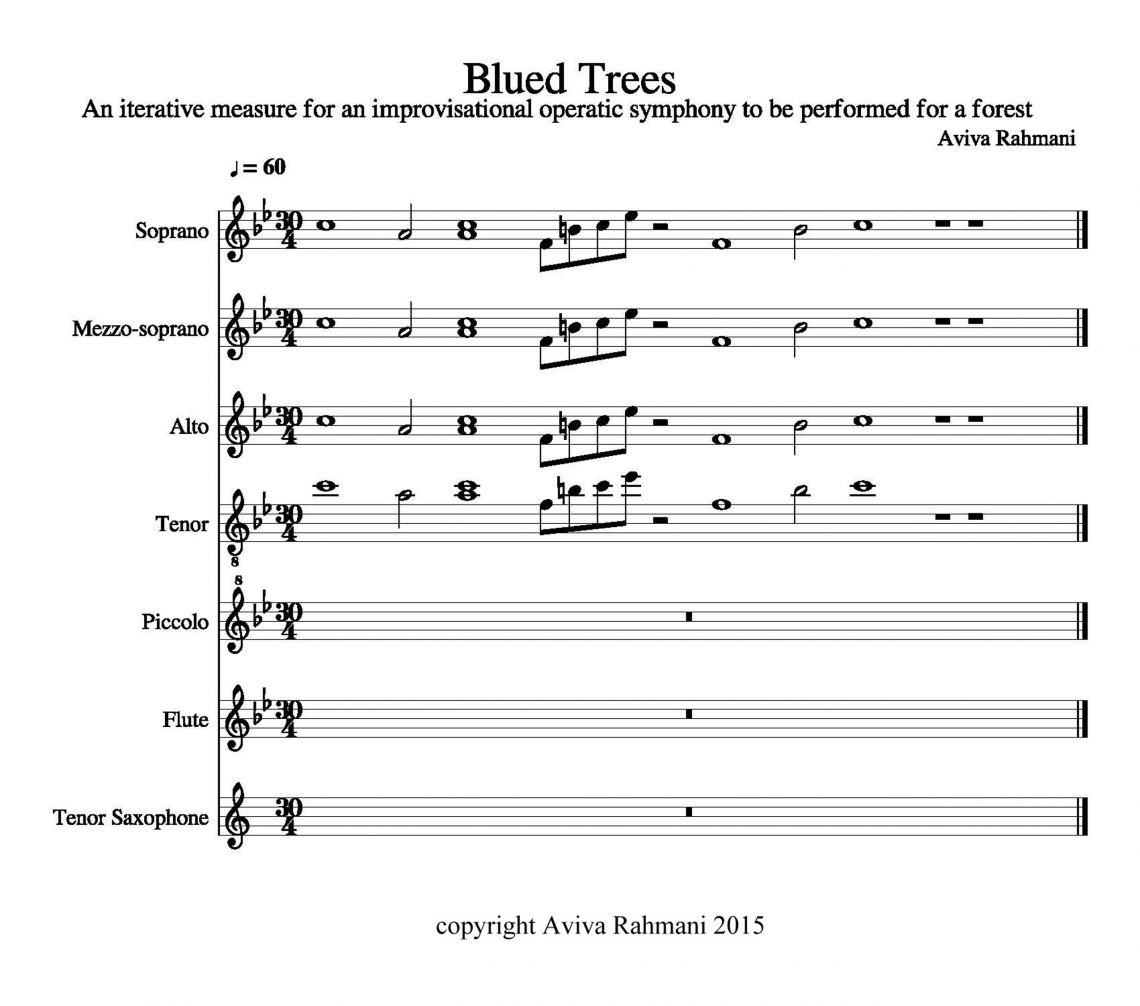
First Movement:
This was a sonification of some of the terrain on which The Blued Trees Symphony (2015-present) was installed,
trees painted with a vertical sine wave sigil of non-toxic casein paint which could grow moss, in the corridor paths where natural gas pipelines were proposed.
The finished work was installed in increments of 1/3 mile for each measure across the North American continent and copyrighted as sonified biogeographic sculpture.
Each measure was a performable score in which each painted tree represented a GPS note in a GPS located composition.
(2015)
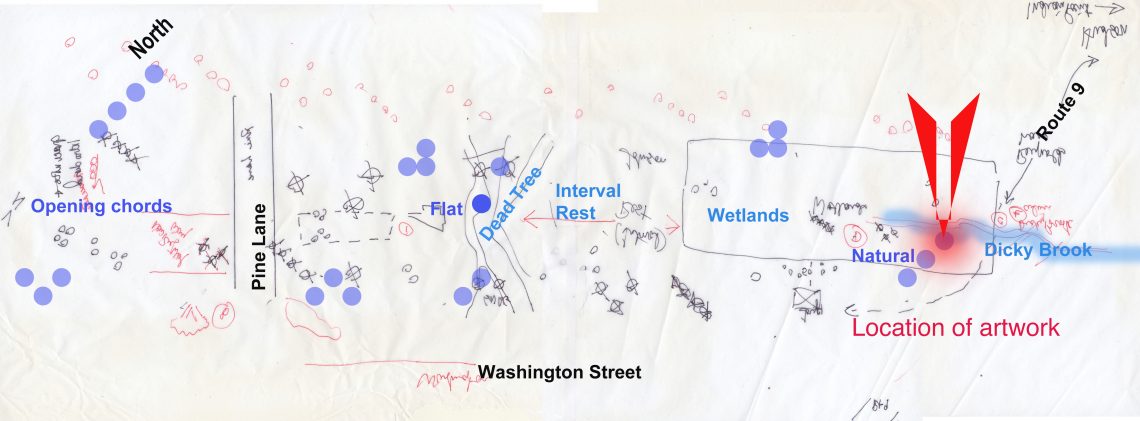
Second movement:
Based on tracking and sonifying toxic contamination at the Newton Creek superfund site in Brooklyn, New York.
It was a representation of what could become of the entire NY State if fossil fuel infrastructure continued unabated.
(2015)
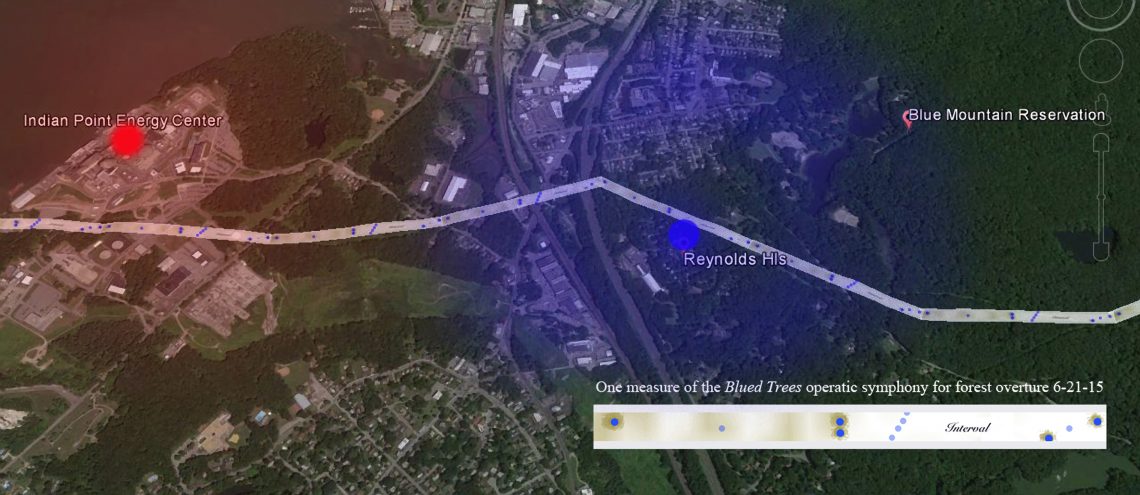

Coda:
Composed as an elegy after the 2016 American Presidential election for impending ecocide.
(2018)
Credits:
First Movement segment: composed by Aviva Rahmani based on transposing satellite mapping of proposed natural gas pipeline corridors where “tree-notes” were performed and GPS located for copyright registration. 2015
Second movement: transposed locations of toxic chemical monitoring for Newtown Creek toxic superfund site, a harbinger of possible contamination of entire region if fossil fuel infrastructure is deregulated. Captured traffic sounds by Dylan Gaulthier. 2015
Ultramarine Chorale, Overture composed by Maile Colbert 2015
Coda: text and iterative refrain assembled by Aviva Rahmani with veil by Maile Colbert. Vocalists: Aviva Rahmani, Debra Vanderlinde, male voice: Dean Temple 2018.
*Rahmani is currently in residence on Governors Island with the Lower Manhattan Cultural Council, to expand her work, Blued Trees (2015- present) which challenges globalized ecocide by legally contesting fossil fuel expansions. In 2018, A Blade of Grass produced a mock trial to test the legal premises in the project and gained an injunction. Previous ecological art projects resulted in restoring a former dump site to flourishing wetlands systems, Ghost Nets 1990- 2000 (www.ghostnets.com) and helped catalyze a USDA expenditure of $500,000. in 2012 to restore 26 acres of critical wetlands habitat (Blue Rocks) in the Gulf of Maine.
Andrea Williams – Sound Bath for Cleansing and Healing on the Cellular Level
Take a deep breath in through your nose…
Now breathe out slowly through your mouth.
It’s time to adapt, without panic.
That was the mantra for my university students and for myself back in March at the start of the pandemic in the US. Most of the curriculum that I had designed for my sound art classes at my Visiting Artist position at Virginia Commonwealth University (VCU) in Richmond, VA involved interacting with the physical world through deep listening and recording together, so I had to quickly adapt it to work conceptually online. In my Anxiety and the Anthropocene class, the arc of the curriculum was Listening to Ourselves, Listening to Each Other, and Listening to the Earth. Suddenly, as if on cue, the Earth could not have gotten any louder, yet we could no longer listen together in the same space. During Spring Break, the pandemic sent most of my students back home, to different listening environments than the ones that they were used to, and some students were nomadic for quite some time. They no longer had the accessibility and economic equality that the VCU computer lab provided. It was time to adapt quickly, without panic.
I had introduced my students to the concept of “sound is vibration” by feeling it with a sound bath performance at the very start of the semester that they enjoyed, and there was to be another sound bath at VCU towards the end of the semester. Just before Spring Break, I also performed a sound bath with artist, Guadalupe Maravilla, at the Institute for Contemporary Art in Richmond with three more performances planned that students could attend. However, due to the pandemic they were all canceled. While sound baths are not something that I consider to be part of my artist practice, it is a practice of focused intent and healing, and I felt that this is what was needed most at the time. This video is documentation of part of a sound bath that I recorded from the deck of my apartment offering cleansing and healing for my students and for my neighborhood as cherry blossoms fell all around me. I performed several of these, offered once a week, with neighbors sitting on back porches or lying on blankets in their yards. Sound baths have a way of quickly calming the nervous system and providing a relief from anxiety. If one is open to letting the sounds move through the body, it can feel like gentle ocean waves, ripples of energy removing what one no longer needs.
Take a deep breath in through your nose…
Now breathe out what you no longer need,
slowly through your mouth…
It’s time to adapt, without panic.
Gordon Kurowski – The Balcony
The Balcony from Gordon Kurowski on Vimeo.
Opening myself to what healing resources I could allowed this piece to manifest. Part of my well being depends on creative endeavor and sharing. I am grateful for the evolution of the infrastructure that continues to allow one of my closest human collaborators and I to maintain contact. This is what happened….
Michael Day is part of Yugen Trio, the improvisational collaboration group I am also part of. He is a sound artist and composer who recently moved back to Marin County in California. For the past six months he has been working on his newly purchased home that required some major structural upgrades. Michael sent me the video that forms the basis of this work June 6th, 2019 with the accompanying text “some mid-week peace to you:” I wrote back “Needed that”.
Over the weeks and months I have returned to that short video, listening to the bell like tones he elicited in that improvised moment from pieces of steel supports he was installing in his newly acquired house to bring it up to a live-in status. The madness of a pandemic intensified that watching and listening. As things do in your mind when left alone, the sonic memory grew evolving into a more complex structure where watching it again was always a return to simplicity. With this video I am attempting to share some of my internal translations of those memories. My thoughts are that the peaceful endeavor on that afternoon set up a spirit of gift and compassion that is now embedded in the physical structure of that home and the energy of that calm connection with the universe and those pieces of iron, once bells to calm the soul, are now holding together a physical house that surrounds its occupants with the energy of that gift and compassion. A love if you will…
David Webb – Soundtrack for Strange Days
Alisa Oleva – Soundtracks for Strange Days
Luís Costa – MÉDITATION POUR UNE COMMUNAUTÉ SUSPENDUE
We are bodies anchored in places and in communities, in small rural villages, in fishing villages, in city districts, in the periphery and in anonymous spaces or in-between spaces.
We live a large part of our common life outside, in direct relation with the morphology of the landscape and with both the leniency and the inclemency of the times that we have to live. Rain, hail, snow and heat are also anchored on our bodies, the same body that often carries appropriate antibodies or meta-bodies …
And lo and behold, an implacable virus surprises us, makes us questioning a lot of what we took for granted and it makes us wanting to go back to the moments of intense contact with the outside of ourselves.
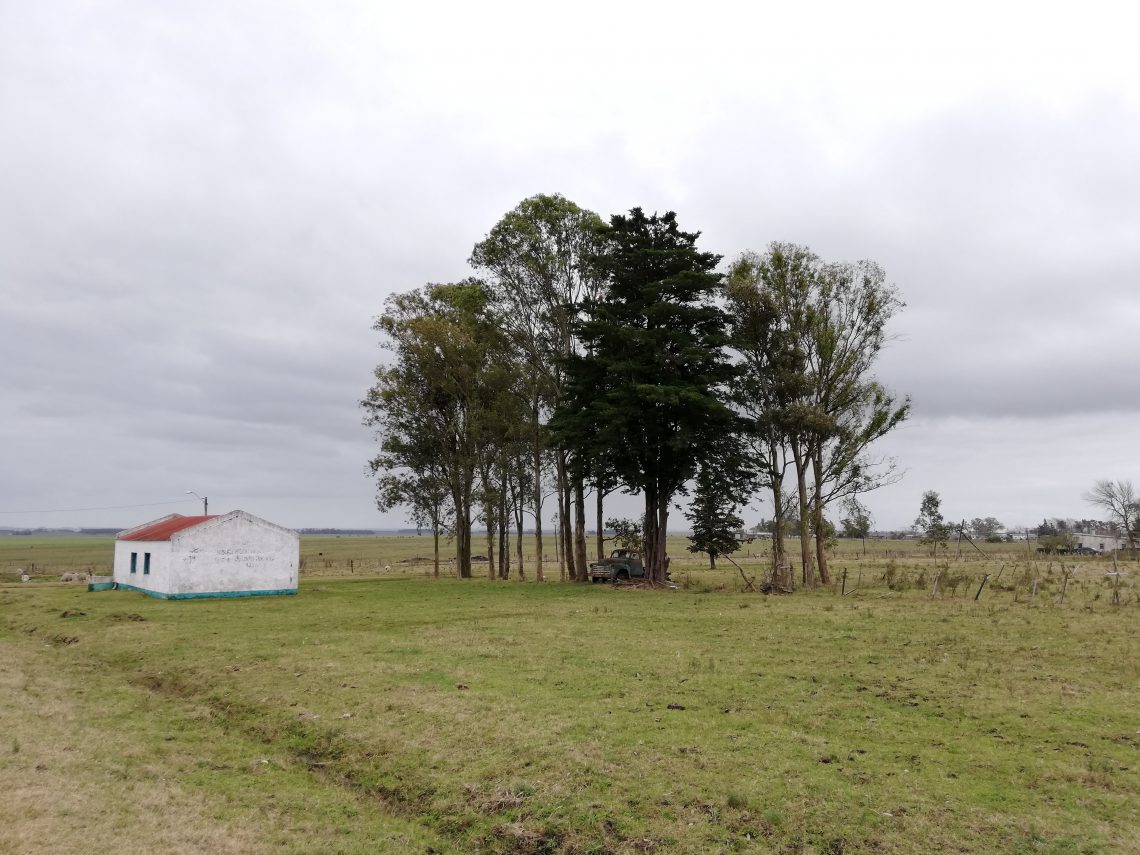
Biographies:
Alisa Oleva was born in 1989 in Moscow. She is based in London and holds an MA in Performance from Goldsmiths. She treats the city as her studio and urban life as material, to consider issues of urban choreography and urban archaeology, traces and surfaces, borders and inventories, intervals and silences, passages and cracks. Her projects have manifested as a series of interactive situations, performances, movement scores, personal and intimate encounters, parkour, walkshops, and audio walks. She has made work site-specifically in various cities: London, Manchester, Leeds, Berlin, Belgrade, Pori, Minsk, Kyiv, Dnipro, Mariupol, Moscow, Norilsk. olevaalisa.com
Anabela Veloso (1992) is an intermedia artist focusing on sound, video, installation and participatory art currently living and working in Copenhagen. She holds a BFA in Fine Arts – Multimedia from The Faculty of Fine Arts of Porto and is enrolled in the MFA in The Royal Danish Academy. She has had several exhibits and performances in Portugal, Austria and Denmark standing out: Memory Play – a familiar category in life, Udstillingsstedet Q – Copenhagen (2020), Elpis, Pulsar 2020 – Copenhagen(2020), Alguém p’ra apagar, Espaço Mira – Porto (2015), Lighting up, Tanzquartier Wien – Vienna (2015), Colectivo, Serralves Museum of Contemporary Art – Porto (2014). Her current practice and research develop around concepts of empathy, global responsibility and reflects upon the underrated possibilities of the collective.
Sound artist, Andrea Williams, utilizes site-specific elements and perceptual cues to reveal the unseen connections between people and their environment. For over ten years, she has been creating compassionate spaces for restoration, creativity, and healing through various modalities including soundscapes, soundwalks, SleepWalks (soundwalks in people’s dreams), and yoga based on concepts of acoustic ecology and deep listening. Her compositions make use of field recordings, voice, instruments, computer technologies and for live performances, the sound of the performance space itself. She has exhibited her work solo and with collaborators at galleries and alternative spaces internationally, such as the Whitney Museum, Eyebeam, Roulette, The National Gallery of Denmark (SMK), Children’s Creativity Museum, NPR, and the Mamori sound artist residency in the Amazon rainforest. She creates soundscapes and video art for dance companies that has included: Hope Mohr Dance at Stanford University, Alyce Finwall Dance Theater at the Joyce Theater in NYC, and via a New York State Council on the Arts (NYSCA) grant, SleepWalks: The Body of Dreams, with Lee Pembleton and Ellen Sinopoli Dance Company at Kaatsbaan International Dance Center. She is a Co-Director of Ma Series Arts (501c3), a certified restorative yoga teacher, and a sound healing practitioner. She obtained her PhD in Electronic Arts in 2018 at Rensselaer Polytechnic Institute where she studied with advisor, Pauline Oliveros, and researched using soundwalks to develop community dialogues and solutions to local issues such as pollution and climate change. www.
Aviva Rahmani is a transdisciplinary ecological artist and an Affiliate with the Institute for Arctic and Alpine Research (INSTAAR) at the University of Colorado at Boulder (UCB). She gained her PhD from the University of Plymouth, UK. In 2015. Rahmani has been exhibited and published internationally and has produced over thirty, hour long raw Gulf to Gulf webcast sessions viewed online from over eighty-five countries. “Trigger Points/ Tipping Points,” a precursor to Gulf to Gulf, premiered at the 2007 Venice Biennale. In 2009, she participated as a formal observer for UCB at the United Nations IPCC conference on climate change.
In the sixties, Rahmani founded and directed the American Ritual Theatre (1968 – 1971) performing throughout California. Her undergraduate work was at The Cooper Union and New York University. Rahmani received her BFA and MFA at the California Institute of the Arts, where she double majored in electronic media and electronic music, holding teaching assistantships with Allan Kaprow and Morton Sobotnick. In addition to studying classical piano since childhood, Rahmani has studied bel canto since 1999 and has taken classes in music theory at Juilliard.
Dave Webb created his project in the year 2017 in London as a platform for experiments with different improvised means all around us. The discography of Wave Debb consists of different records from live studio jam sessions and counts more than 40 releases. The music of Dave is a long time ago forgotten combination of musique concrète, improv industrial and percussions on different thing around including bottles, toggles, office supplies and other electronic and non-electronic devices. https://soundcloud.com/davidrwebb and https://wavedebb.bandcamp.com/
Gordon Kurowski – Originally trained as a classical musician, I am an Artist and Musician interested in the symbiotic relationship between Art and Science, Science and Spirituality, Spirituality and Art. This includes the experience of environment and the sense of the duality of feeling separate while being a part of it. In states of deep listening, memory for me plays a recurrent role. I enjoy cross discipline collaboration and improvisation. Being “in the moment” is to me an important part of existence. My path winds between technology and creative endeavor. I have been fortunate to be part of the environment that makes up CalArts for the past 23 years.
Luís Costa (1968). Curator of site-specific contemporary artistic practices, sound researcher & educator and cultural animator in rural context. Coordinator of Binaural Nodar (São Pedro do Sul, Portugal). In 2006 he returned to the area of his family roots in the region of Viseu Dão Lafões, to develop and host projects dealing with ethnographic research and contemporary art practices with an emphasis on sound and media arts, crossing everyday experiences, artistic creation and territorial studies. Coordinator of Lafões Cult Lab, a platform for media arts research in the sub-region of Lafões (São Pedro do Sul, Vouzela and Oliveira de Frades), which has already hosted more than 150 sound/media artists and social/environmental researchers from over 20 countries. He is also the coordinator of Binaural Nodar Digital Archive, a sound/audiovisual cataloging project that is gradually mapping aspects of the collective memory from the rural areas where Binaural Nodar develops its activities, which is presently part of the Tramontana European network of rural memory archives.

